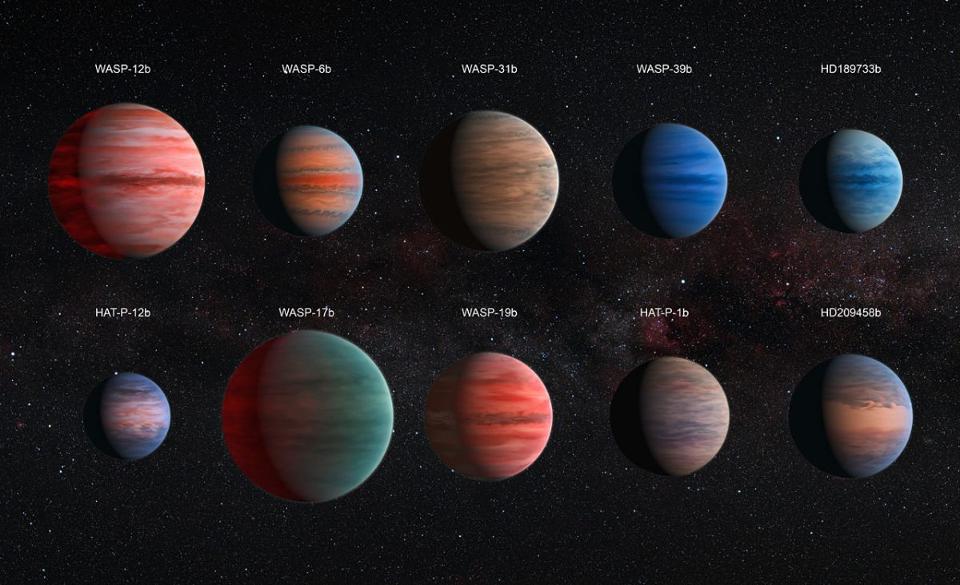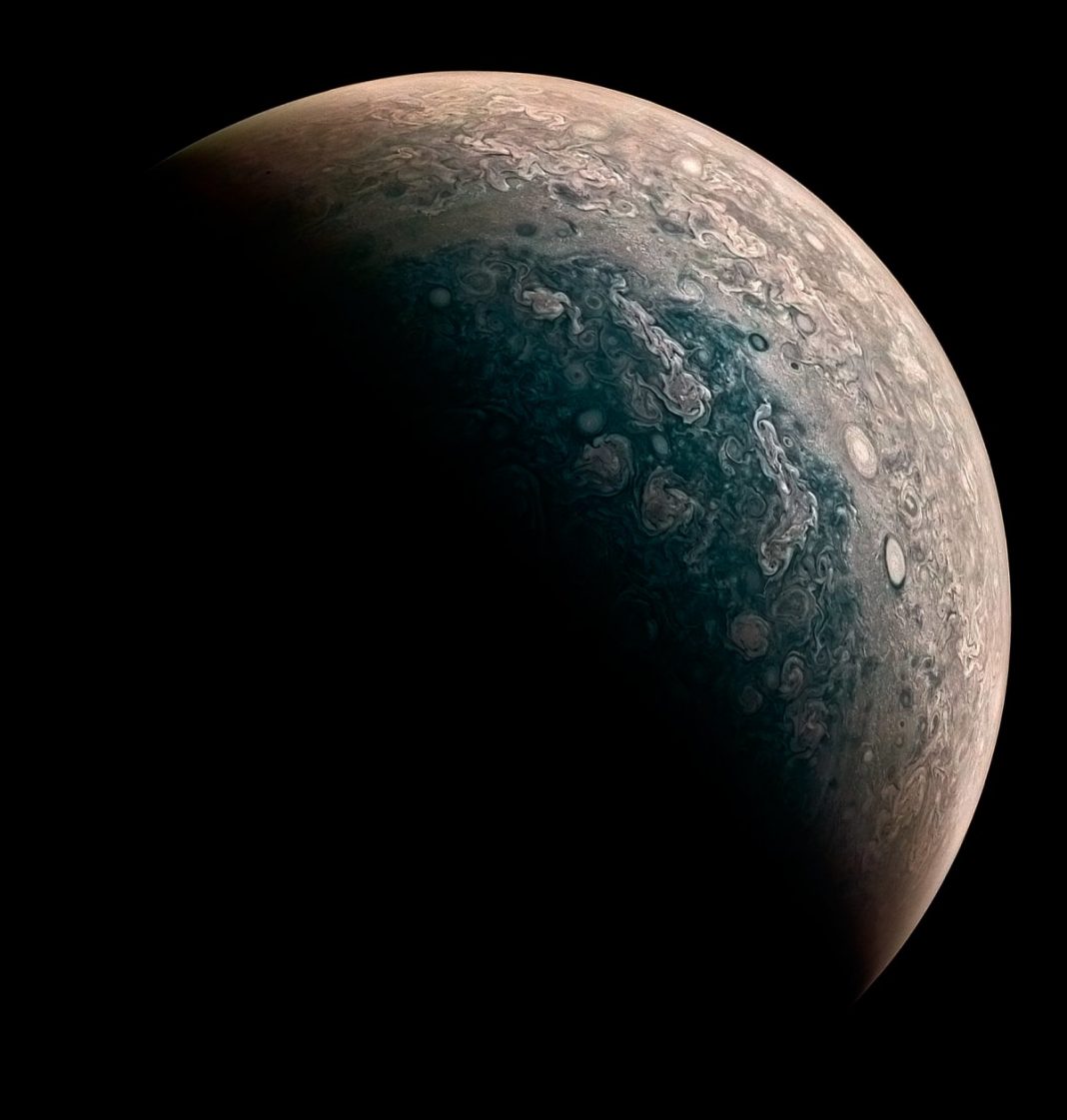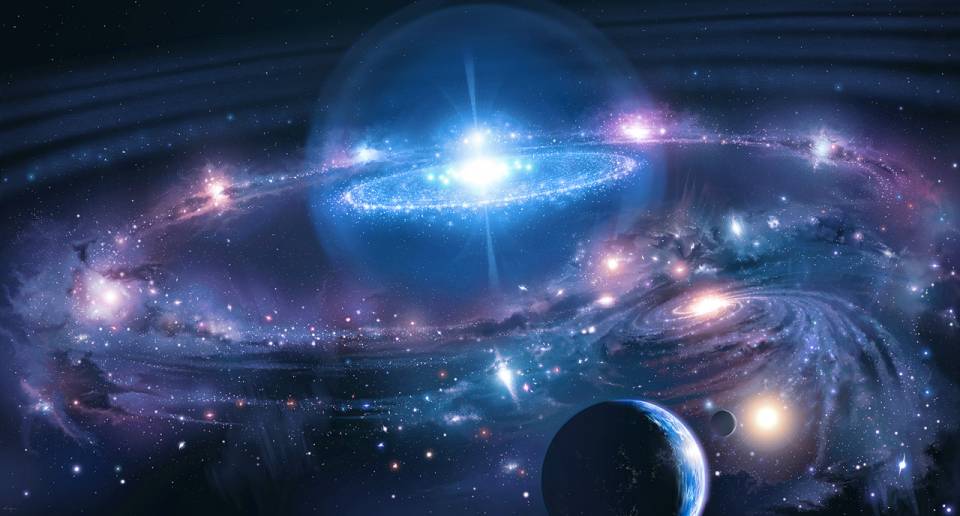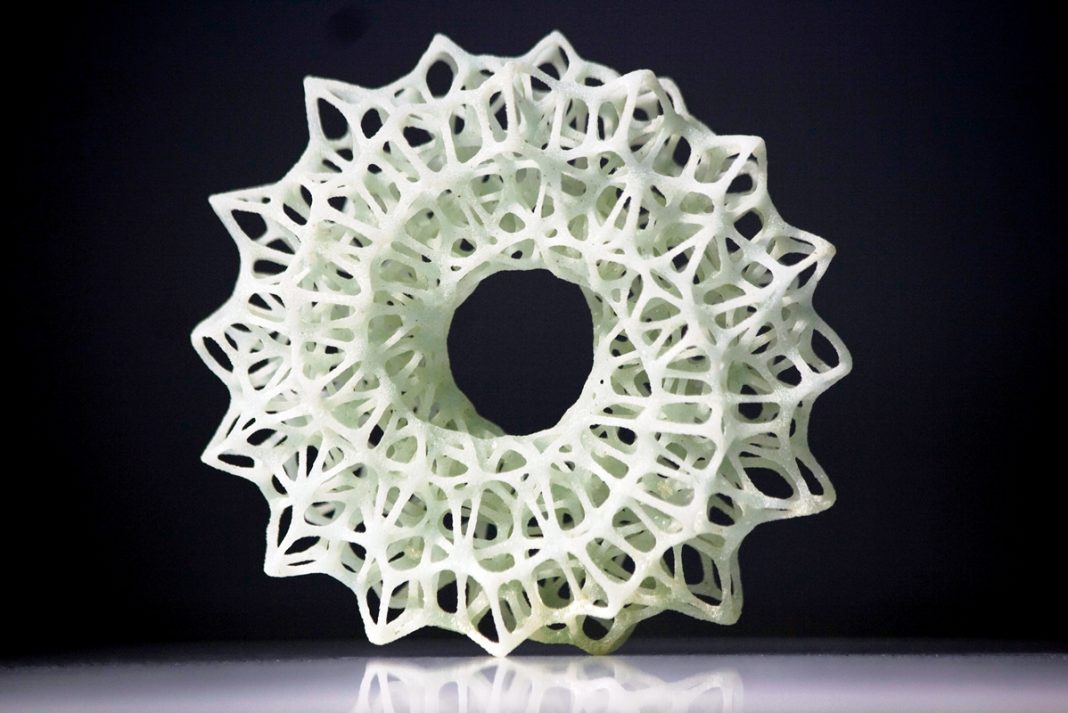Some planets are much larger than anything else you’d find in the solar system and while Jupiter is by far the largest in ours, is there an upper limit to how big planets can be? Adding extra mass to Jupiter would only make it smaller as too much mass compact together in one object will cause lighter elements in its core to fuse into heavier ones.
To initiate hydrogen burning in an object’s core it would take around 75-80 times the mass of Jupiter to do it. But then you would have a star. Stars called brown dwarfs (weighing in at around 13-80 solar masses) fuse deuterium+deuterium into helium-3 or tritium and in doing so achieve a much greater mass while remaining a similar size to Jupiter. Much lower than that, at around 14 times the mass of Jupiter deuterium fusion is initiated and energy is self-generated using leftover fuel from the Big Bang.

Gliese 229 is a red dwarf star that is orbited by a brown dwarf called Gliese 229b that fuses deuterium only. Gliese 229b may be about 20 times the mass of Jupiter but it’s only about 47% of its radius. The line then between a brown dwarf and a gas giant is what defines the biggest planet and therefore must peak at a mass between that of Saturn and Jupiter. Physical size is different though as brown dwarfs are actually smaller than the biggest gas giants.
Once a planet gets above a certain mass the atoms inside start to compress, adding more mass, and shrinking the planet as a result. One of the biggest we know about is the exoplanet Kepler-39b. It has a mass around 18 times that of Jupiter but is only around 22 percent bigger in terms of radius. So, we now know, the largest planets can, in fact, be much bigger than Jupiter before eventually becoming stars.
More News to Read











